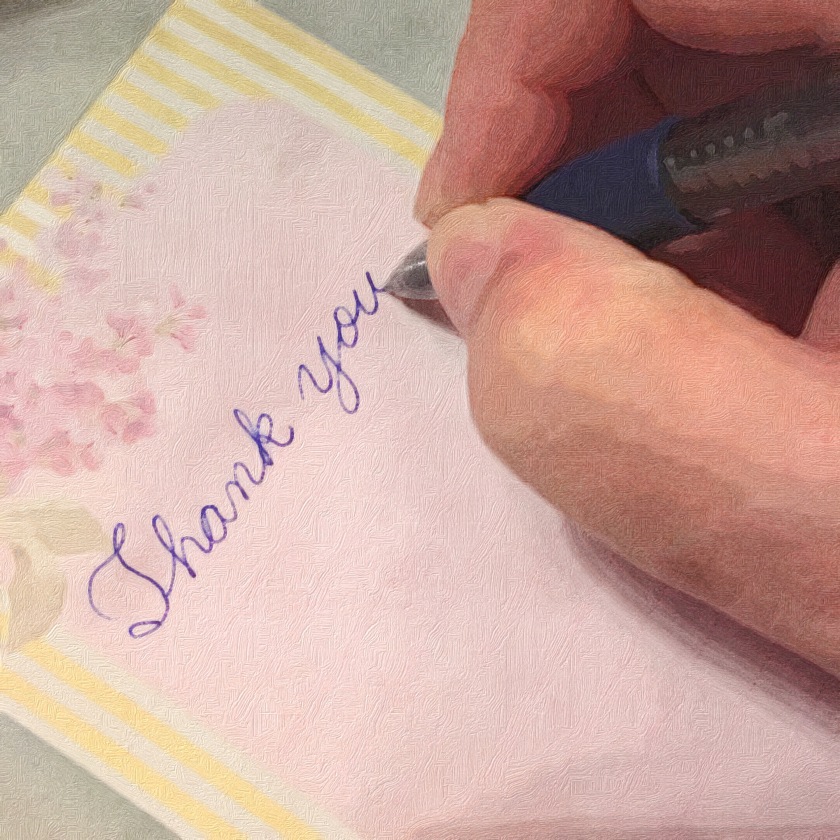 It was hard going for explorers of the past. Just imagine the hardship they endured to find new ways to get spices and silk. Just hearing about the food they ate on board the ships that sailed the unknown parts is enough to make anyone reconsider – hard tack, moldy food and scurvy caused by lack of vitamin C. The promise of riches was enough to make sailors brave the hardship.
It was hard going for explorers of the past. Just imagine the hardship they endured to find new ways to get spices and silk. Just hearing about the food they ate on board the ships that sailed the unknown parts is enough to make anyone reconsider – hard tack, moldy food and scurvy caused by lack of vitamin C. The promise of riches was enough to make sailors brave the hardship.
Today, explorers set off on a different sort of adventure. They do a different sort of work. While they may not have to eat hard tack or suffer from scurvy, they do apply themselves to their search. Whether a person finds the cure for a disease, finds a way to use solar power to power a school, creates a painting, writes a book, a song or a poem, that discovery or creation is their reward. It is also their property.
The ideas and words of people who created them are called Intellectual Property. Intellectual Property is protected by the law. That means that you cannot use the information and pictures you find without proper attribution. Sometimes you need to ask permission. Just like you wouldn’t use your friend’s phone without asking, you need to ask permission to use the product created by another person.
There are some exceptions. You can use a certain amount of a product for educational purposes. Copyright law is complicated, confusing and always changing. The rule of thumb is, if in doubt ask for permission.
Giving credit to the creator of the material you used to get your information is like saying thank you. I’m sure you have excellent manners. I’m sure you say thank you when someone feeds you a meal. I’m sure you say thank you when someone lets you take your turn. I’m sure you are a thankful person who likes to let people know how much you appreciate their effort. Citing your sources is your polite way of saying thank you to the person who helped you to know more.
“What is Citing Your Sources?” you may ask. It is telling where you got your information from and who is responsible for having created it.
An easy way to cite your sources is using the website Noodle Tools.
So each time you find some information that will help you on your search make sure you write down enough information to get back to the original information. Here are some of the things you will need:
The title of the book, magazine or web site
the person who created it
the publisher
the date
if you found it online, the URL
You want to know what standards you are covering by doing this?:
MSLA 4.20 Using a provided format, create correct citations for text and images.
MSLA 4.21 Adhere to the provisions of the school’s Acceptable Use Policy.
MSLA 4.22 Independently create correct citations for text and images used.
MSLA 4.23 With assistance begin to demonstrate understanding of copyright law, e.g., fair use and intellectual property rights.
